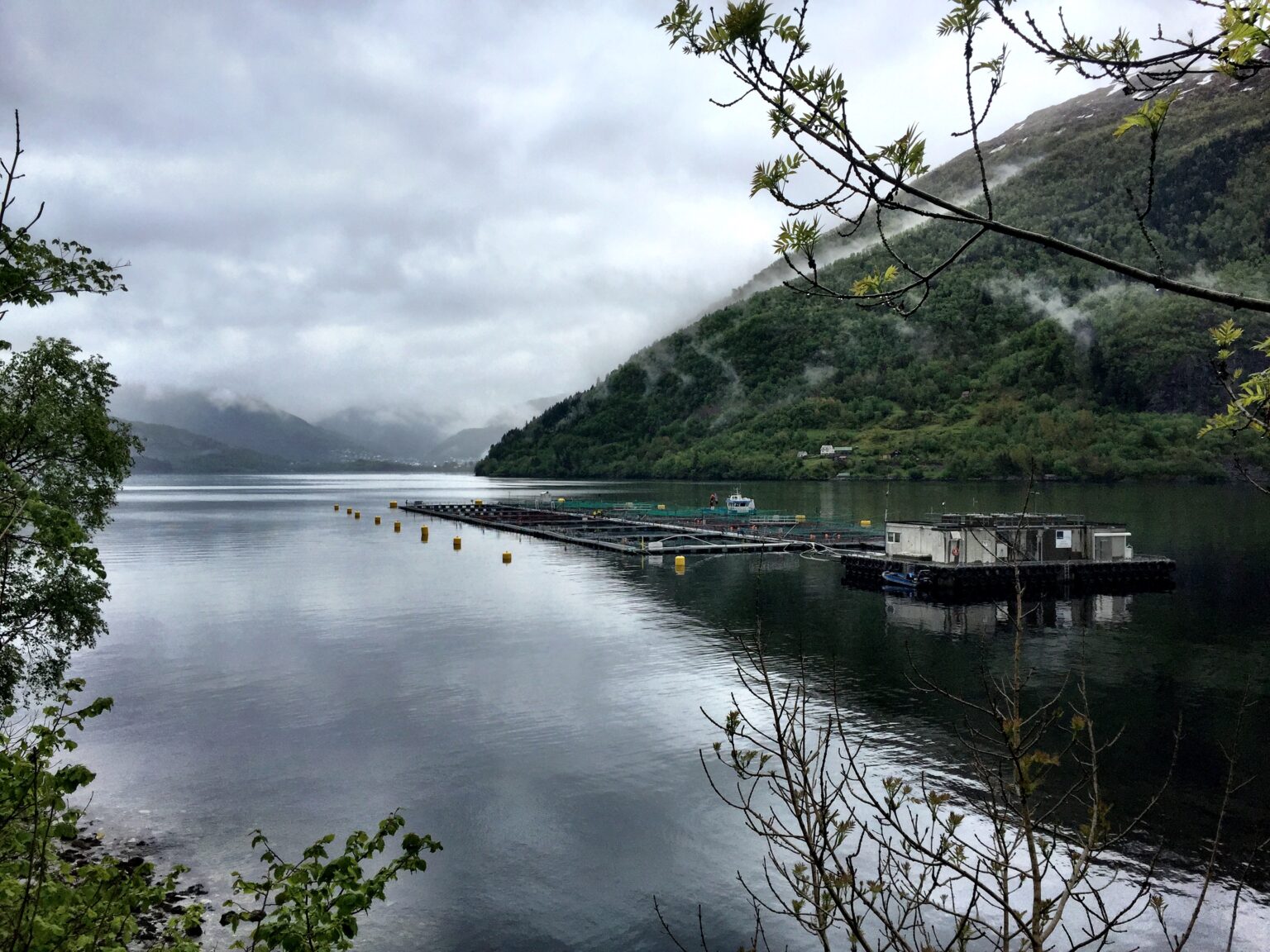Marine waste from aquaculture and fisheries
At a typical farming site, cages, moorings, ropes, nets, feeding tubes, sea lice skirts and shelter for cleaner fish are common sources of plastics. Thus, the amount of plastic used is enormous.
Grieg Seafood exemplifies it in their integrated annual report from 2021. According to them a typical site with ten cages made up of 90 x 90-meter pens contains approximately 360 000 kg of plastic. They estimate that 0,5 % of this, meaning 1 800 kg, disappears[1].
Especially ropes are common findings for people cleaning waste from beaches. Most of these are ropes under 50 centimetres, which means that cut off ropes is a significant waste problem in Norway[2].
A report from 2018 estimate that the aquaculture industry uses 190 000[3] tonnes of plastic and generates around 25 000[4] tonnes of plastic waste every single year.
That is large amounts of plastic. Let`s try to visualise it. A blue whale weighs up to 200 tonnes[5] and has a length of almost 32 metres. That means that the volume of plastic used per year equalises the weight of 950 blue whales! And the plastic waste generated every year is the same weight as 125 blue whales.
While many efforts already are in place, there is a big potential when it comes to reducing or recycling plastics in aquaculture and fisheries to minimise the plastic waste.
Cooperating with the Norwegian Retailers` Environment Fund
To work more directly with this, we have signed a two-year cooperation agreement with Norwegian Retailers` Environment Fund.
Synnøve Fagerhaug Dalen, Project manager circular plastics economy, who presented the cooperation on our members- and partners meeting, explained that the fund was established instead of a government-imposed tax. It was founded to help ensure compliance with the requirements and intentions of the EU Directive (2015/720) on lightweight plastic carrier bags.
They aim to reduce plastic pollution, increase recycling and reduce the use of plastic, and now we are working together with them to do the same.
– By cooperating with Norway`s largest private environment fund, we hope to give our members better opportunities to wok with the challenge of plastics, especially regarding reduction of use of plastics and increasing recycling of plastic connected to the seafood industry, Managing Director of NCE Seafood Innovation, Nina Stangeland says.
Read more about our plans for the cooperation here.
[1] https://ml-eu.globenewswire.com/Resource/Download/88462cf6-ba02-4b72-8ec8-ccd7f0ae4b88
[2] Rydderapporten 2021 fra holdnorgerent.no
[3] Briedis, Skogesal, Standal, Johnsen & Schulze (2018, s. 69) Underlag for å utrede produsentansvarsordning for fiskeri- og akvakulturnæringen Sundt.
[4] Briedis, Skogesal, Standal, Johnsen & Schulze (2018, s. 73) Underlag for å utrede produsentansvarsordning for fiskeri- og akvakulturnæringen Sundt.
